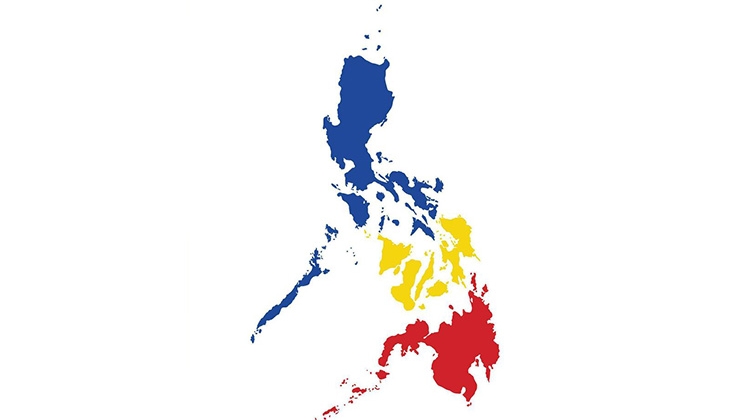In May 2023, the WHO declared an end to COVID-19 as a public health emergency. However, starting from the end of 2022, as the markets were moving away from Emergency Use Authorization (EUA) or conditional Marketing Authorization (cMA) to Marketing Authorization Application (MAA), regulatory agencies started requesting the MAH to have vaccines registered as a full license. They started imposing the same regulatory requirements that are expected for any other drug product (DP). The MAH is anticipated to fulfil local regulatory requirements to have the license approved. One of the markets is the Philippines.
In the Philippines, local regulatory requirements require the company to register the vaccine with one drug substance manufacturer, one drug product manufacturer, and only one type of vial in one license for one strength. If the MAH has three different strengths, the vaccine should have three different licenses for the same drug substance (DS) and DP manufacturers. Moreover, if the company has two types of vials for these three strengths, in total the vaccine would have six different licenses. Now imagine, if the company plans to register another DS manufacturer to allow supply flexibility; it means that another six licenses are needed to fulfil the local regulatory requirements.
The author understands the concerns of Philippine regulators. By having DS manufacturers, DP manufacturers, and vial types in separate licenses, the regulator can expect easy traceability of DP marketed and supplied in the market. However, it could limit the vaccine supply if that particular DS or DP manufacturer no longer manufacturers the specific variant, as the major market regulators have recommended to move toward a seasonality approach.
Apart from limitations on supply flexibility, maintaining several licenses is not easy to manage, especially after the MAA approval. The MAH is required to roll out the same variation to all these licenses, and some of these post-approval chemistry, manufacturing, and controls (CMC) changes may not be applicable to certain licenses. As the content of each license is different from the other licenses, the company must customize the content. It would also leave a high probability for the MAH to submit the incorrect dossier to individual licenses. If this were to occur, the MAH would need to withdraw the application and resubmit another application to the agency. If the variation is critical to supply, it will potentially leave the market without any vaccine.
Along with these challenges related to license requirements, the Philippines and the majority of emerging markets will take one to two years to acquire the MAA approval. By the time the MAH has the specific variant vaccine approved, the variant may no longer be applicable to the market since new variant(s) have emerged.
The author believes that a better way to register MAAs and regulate vaccines in the Philippines and all emerging markets can be achieved without impacting the supply. Dialogue between the agencies and MAHs can help address concerns. The author also believes that emerging markets can learn from the major markets. The US Food and Drug Administration (US FDA), the European Medicines Agency (EMA) in Europe, and the Pharmaceuticals and Medical Devices Agency (PMDA) in Japan may provide models for in balancing traceability and number of licenses.
ISPE’s Regulatory Quality Harmonization Committee (RQHC)’s Asia-Pacific Regional Focus Group tracks and disseminates regulatory, quality, and compliance developments in that region. The group includes pharmaceutical professionals located in or having specific responsibility for Asian markets. Read some of the topics recently surfaced by the group.
Other blog posts by the RQHC Asia-Pacific Regional Focus Group:
Do you support your company’s business in Asia-Pacific or have questions related to the regulatory environment in this important market? If so, you may be interested in learning more about, or becoming a member of, the ISPE Regulatory Quality Harmonization Committee (RQHC)’s Asia-Pacific Regional Focus Group. Contact Carol Winfield, ISPE Senior Director of Regulatory Operations.





